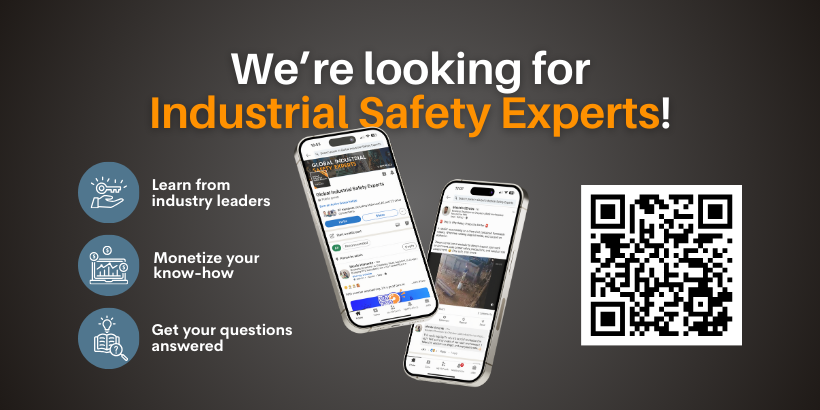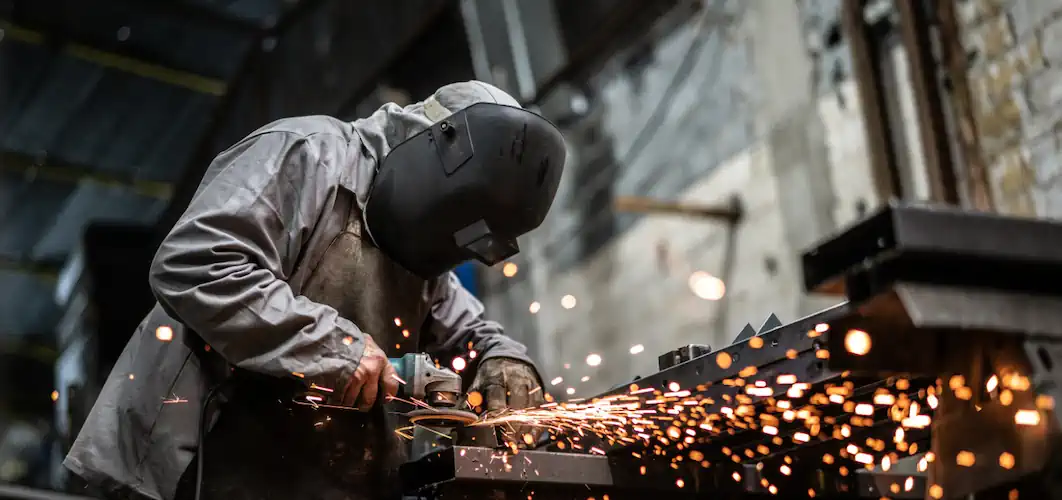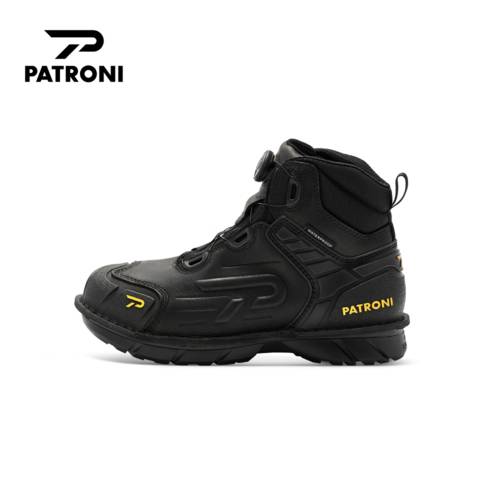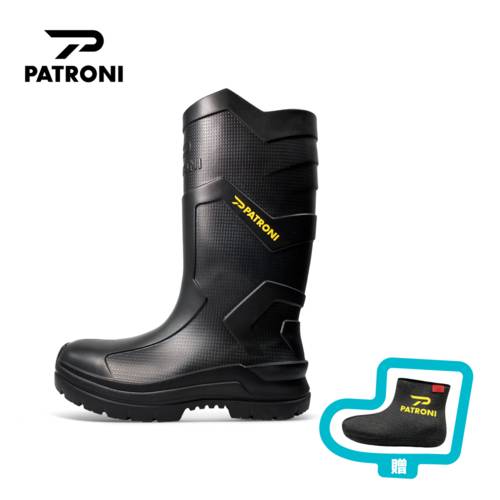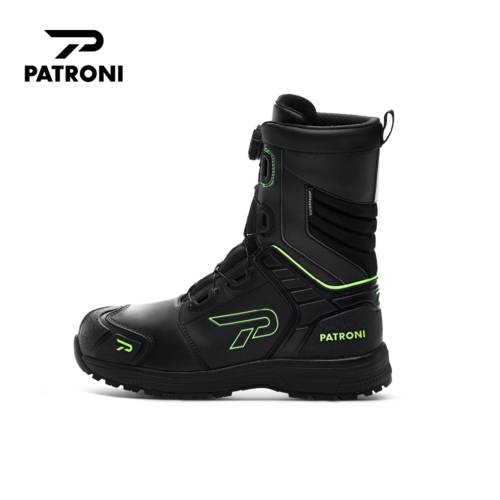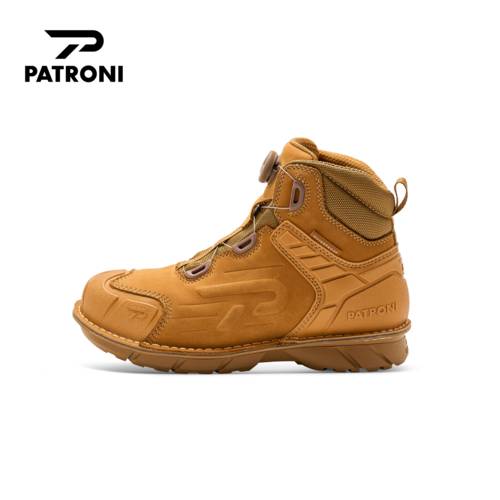Implementing Fall Prevention Measures
Falls are a major source of death and injury in the construction industry. According to the Occupational Safety and Health Administration (OSHA), falls from heights account for over 30% of fatal accidents in the construction sector, making them one of the leading causes of injuries at construction sites. Fortunately, there are several fall prevention measures that can be taken to ensure safety on construction sites. Let’s take a look at some of these measures and their advantages and limitations.
Table of Contents
-
Fall prevention methods used on construction sites
-
Training and Education To Avoid Fall Hazards
-
Emergency Procedures in Case of a Fall
-
PPEs To Reduce Fall Hazards in Construction Sites
-
Proper Use of Ladders and Scaffolding
-
Safe Climbing Techniques
Fall prevention methods used on construction sites

-
1. Guardrails
Guardrails are one of the most common fall prevention methods used on construction sites. They are designed to provide a physical barrier between workers and any potential drop-off hazards, such as edges around excavation pits or open stairwells. Guardrails also help reduce slips, trips, and falls by providing a secure surface for workers to walk along. One limitation of guardrails is that they do not provide protection from falling objects—so it is important to use hard hats when working near overhead hazards.
-
2. Safety Nets
Safety nets provide an additional layer of protection against falls from above by providing a soft landing spot for those who accidentally slip or trip while working at height. Safety nets also provide protection from falling objects—which guardrails do not—so they are ideal for protecting workers who may be exposed to overhead hazards. However, safety nets need to be properly maintained and inspected regularly in order to ensure that they remain effective at preventing falls from heights.
-
3. Personal Fall Arrest Systems
Personal fall arrest systems (PFAS) are designed to protect workers who may be exposed to fall hazards while performing tasks at height. PFAS typically consist of a full-body harness attached to an anchor point which is designed to catch workers before they hit the ground in case they slip or trip while working at height. While PFAS offer a high level of protection, they require frequent inspections and maintenance in order to ensure that they remain effective at preventing falls from heights.
-
4. Safety Monitoring Systems
Safety monitoring systems are designed to detect hazardous conditions before an accident occurs, allowing supervisors or managers to intervene before anyone gets injured or killed as a result of a fall hazard. These systems typically consist of sensors placed throughout the site which monitor various factors such as weather conditions, wind speed, etc., which could potentially lead to an increase in fall risks if left unchecked. However, safety monitoring systems can be expensive and require constant maintenance in order for them to remain effective at preventing falls from heights.
Training and Education To Avoid Fall Hazards
Comprehensive Training Programs for Workers
A crucial step in preventing falls on a construction site is the provision of comprehensive training programs for your workers. This includes both new employee orientations and regular refresher courses for existing staff members.
Ensure that your training programs cover essential topics such as fall hazards, personal protective equipment, and safe work practices. Training should be conducted in a language that is easily understood by all employees and should be adapted to the specific needs of each individual worker. By investing in comprehensive training programs, you not only reduce the risk of falls but also improve the overall safety culture within your organization.
Implement Safe Work Practices
An equally important component of fall prevention is the implementation of safe work practices on your construction site. These practices should address proper ladder usage, scaffold safety, and the use of aerial lifts, among other fall risk factors. Encourage your workers to prioritize safety over speed, and ensure that they have ample time to complete tasks without feeling rushed. Additionally, consistent and effective communication is vital; hazards and safety concerns should be readily reported and addressed by the relevant personnel.
Proper Use of PPE
Providing workers with the appropriate PPE is essential in preventing falls on a construction site. Fall protection systems such as guardrails, safety nets, and personal fall arrest systems should be installed and maintained according to the specific requirements of each job. Workers must also be trained in the proper use, inspection, and maintenance of their PPE to ensure maximum effectiveness. As a business owner, it is your responsibility to ensure that adequate fall protection measures are in place and that your workers understand how to use them correctly.
Regular Job Site Inspections
To maintain a safe work environment and prevent falls, it is crucial to conduct regular job site inspections. These inspections should include a thorough assessment of all fall hazards, equipment, and work processes. Any identified issues should be immediately addressed to ensure the continued safety of your workers. Furthermore, encourage your employees to report any potential fall hazards and take their concerns seriously. By demonstrating that you prioritize their safety, you build a positive culture where workers feel comfortable discussing potential risks.
Encourage a Safety Culture
One of the most critical steps in avoiding falls on a construction site is to create a safety culture within your organization. Encourage your workers to be proactive in identifying and addressing fall hazards, and actively promote safe work practices. Regularly recognize and reward safe behavior to reinforce the importance of safety within your organization. By fostering a strong safety culture, you not only help to prevent falls but also contribute to the overall success of your business.
Emergency Procedures in Case of a Fall

The most important thing when it comes to falls is prevention. Business owners should ensure that their employees have the necessary safety equipment such as harnesses and hard hats and that they are trained on proper use. If a fall does occur, here are some steps you can take:
-
1) Make sure the area is secure : If possible, cordon off the area around the fallen worker so that no one else can get hurt. Check for any hazardous materials or conditions that could pose an additional risk.
-
2) Assess the situation : Determine if medical attention is needed and assess any other potential risks such as broken bones or head injuries.
-
3) Administer first aid : If medical attention is required, administer appropriate first aid such as CPR or wound care until emergency services arrive.
-
4) Contact emergency services : Notify emergency services immediately and provide them with information about the location and condition of the injured worker. Stay onsite until paramedics arrive to provide further help if needed.
-
5) Follow up with employees Once the incident has been dealt with, make sure all employees involved are properly taken care of and check in with them regularly to ensure their well-being. This may include providing access to counseling services or offering time off from work, depending on individual needs.
-
Administer First Aid
If someone does suffer an injury due to a fall, it’s important that you are prepared with the necessary knowledge and supplies needed to administer first aid. The first step is assessing the scene; make sure that no one else is at risk before attempting any medical care. If necessary, call emergency services right away; if not, start administering basic first aid such as applying pressure on wounds or providing CPR if necessary. After ensuring the safety of everyone involved, contact your local health department and notify them about the incident so they can investigate further if needed.
-
Contact Emergency Services
After assessing the situation and providing basic medical care, it’s important that you contact emergency services immediately if anyone has suffered a serious injury due to a fall. Provide them with detailed information about the incident so they can arrive as quickly as possible with all the necessary equipment for treatment. Additionally, provide them with directions so they can easily locate your construction site without difficulty; have someone available who knows the area well and can direct responders accordingly.
Proper Use of Personal Protective Equipment
PPE is crucial in preventing falls on construction sites, as it minimizes the risk of injury and ensures workers are adequately protected. However, it is important to remember that PPE is only effective when used properly. Proper use of PPE includes selecting the correct type of PPE for the specific task, ensuring that it fits the worker correctly, and is inspected regularly for damage or wear. Train your workers on the appropriate use of PPE, and emphasize the importance of utilizing it consistently and correctly.
The Importance of Using PPE
Utilizing PPE is not only a legal requirement on construction sites, but it is also a vital aspect of ensuring workers' safety. When accidents occur, they can result in significant financial losses for the company, as well as psychological and physical harm for the workers involved. Therefore, taking precautionary steps and ensuring workers wear appropriate PPE is essential in maintaining a safe working environment, minimizing accidents, and establishing a responsible company image.

PPEs To Reduce Fall Hazards in Construction Sites
Hard Hats
One type of PPE that is essential when working on a construction site is hard hats. Hard hats are usually made with plastic that can protect your head and neck from any falling debris or objects, as well as any potential contact with electrical wiring or other hazardous materials. It’s important to be sure that your hard hat fits properly; if it is too loose, it won’t offer adequate protection against falling objects. Make sure you inspect your hard hat before each day’s work; if there are any cracks or damage, replace it immediately.
Safety Glasses
Another important piece of PPE used in construction sites is safety glasses. Safety glasses can protect your eyes from any debris that could fly up during work, as well as any dangerous chemicals or liquids that may be present at the worksite. Be sure to check your safety glasses for any damage before using them; if they have cracks, scratches, or other signs of wear and tear, do not use them and replace them immediately. It’s also important to make sure they fit properly and are comfortable; otherwise, they won’t provide adequate protection against flying debris or hazardous substances around the worksite.
Harnesses
Harnesses are another form of PPE used on construction sites in order to prevent falls and injuries while working at heights. Harnesses should always be worn when working at heights above 6 feet so that you can remain safely attached to an anchor point in case you slip or fall off the structure you are working on. Make sure the harness fits properly and does not have any signs of wear and tear; only use those that have been inspected by an expert and certified as safe for use on a construction site.
Proper Use of Ladders and Scaffolding
Working on sites that involve height can be dangerous, and one of the most common risks is falling. Safety is always a priority at construction sites, so it’s important to understand how to protect workers from fall hazards.
How to Properly Set Up Ladders and Scaffolds
To begin with, the proper use of ladders and scaffolding can significantly minimize the risk of falls on construction sites. Here are some key points to keep in mind when using ladders and scaffolding:
-
Inspect the ladder or scaffold before each use to ensure that there are no structural issues or damage. This includes looking for cracks or splits in the rungs, corrosion in metal parts, and other defects that could compromise stability.
-
Set up the ladder or scaffold on an even, firm surface to ensure that the base is secure. For ladders, be sure to maintain the appropriate angle between the ladder and the wall it is leaning against.
-
The most important thing to remember when using a ladder is that it should always be placed on a level surface. If the ground is uneven or sloped, you should use a ladder stabilizer or leveler for added stability.
-
Ensure that workers are properly trained in the use of ladders and scaffolding. This includes understanding the maximum load capacity and maintaining three points of contact—two hands and one foot or two feet and one hand—at all times when climbing.
-
Regularly maintain, clean, and service ladders and scaffolding to keep them in optimal condition. Remove any dirt, oil, or slippery substances that could cause slips or falls.
-
Never stand higher than the second step from the top of a stepladder or higher than the third step from the top of an extension ladder.
-
When using scaffolding, ensure that guardrails and toe boards are installed, and the planks are secured to prevent movement or dislodging.
Ensure ladders are set up on solid, level ground, and are positioned at an angle that provides stability. When setting up extension ladders, keep a 1:4 ratio rule in mind – for every four feet of height, the ladder should be one foot away from the support. Properly secure any ladders used on slippery or uneven surfaces.
For scaffolding, a competent person must supervise the assembly to ensure that it meets the required safety specifications. Ensure that the scaffolding is level and that all legs are evenly supported. Utilize base plates and mudsills for added stability, and ensure any platforms are fully planked.
How to Properly Set Up Ladders and Scaffolds
When selecting scaffolding, it is important to consider what type of project you are undertaking and how much weight you need to safely support while working at height. For example, if you are doing brickwork or painting, then you may need more weight-bearing capacity than if you were just doing light repairs or maintenance work. Additionally, it is important to make sure that your scaffold has guardrails installed around its perimeter as well as toe boards at its base to prevent objects from falling off of it.
Here are more tips on selecting the right type of ladder or scaffold to prevent falls. Consider the following tips when making your decision:
Determine the nature of the work to be done, and choose a ladder or scaffold that is suited for the task. For example, if working on a sloped surface, consider using a ladder with adjustable legs, or an appropriate scaffold design with leveling capabilities.
Consider the materials from which the ladder or scaffold is made, as this can impact stability, durability, and weight capacity. For outdoor use or in wet conditions, avoid wooden ladders, which can become slippery and weaken over time.
Assess the height and reach requirements for the task at hand. Choose a ladder that allows workers to reach their work area without overreaching or standing on the top rungs. Likewise, ensure that scaffolding structures are designed to safely accommodate the desired working height.
Take note of any specific safety features or accessories that may be necessary for the task or environment. For instance, in areas with electrical hazards, choose a non-conductive ladder made of fiberglass instead of aluminum.
onsult industry safety guidelines, such as the OSHA standards, when selecting ladders or scaffolding. These guidelines will provide detailed specifications and recommendations for choosing the best equipment to maintain safety on-site.
Additionally, when selecting scaffolding for indoor projects, make sure that any platforms are strong enough to support both yourself and whatever tools or materials you may be carrying with you up onto them. For outdoor projects, check for rust spots or other signs of damage before use as well as make sure that all necessary safety equipment such as harnesses is available before use.
Safe Climbing Techniques
When climbing onto either ladders or scaffolds, always take your time; rushing can lead to mistakes which could be deadly in some cases! Make sure that your footing is secure before attempting any movements such as reaching out for tools or materials. Additionally, if possible try not to carry too many items up with you at once as this could cause an imbalance which could lead to falls. Finally, do not attempt any risky movements such as standing on railings; these have been designed specifically for balance purposes only so they cannot bear any weight without breaking apart easily!
